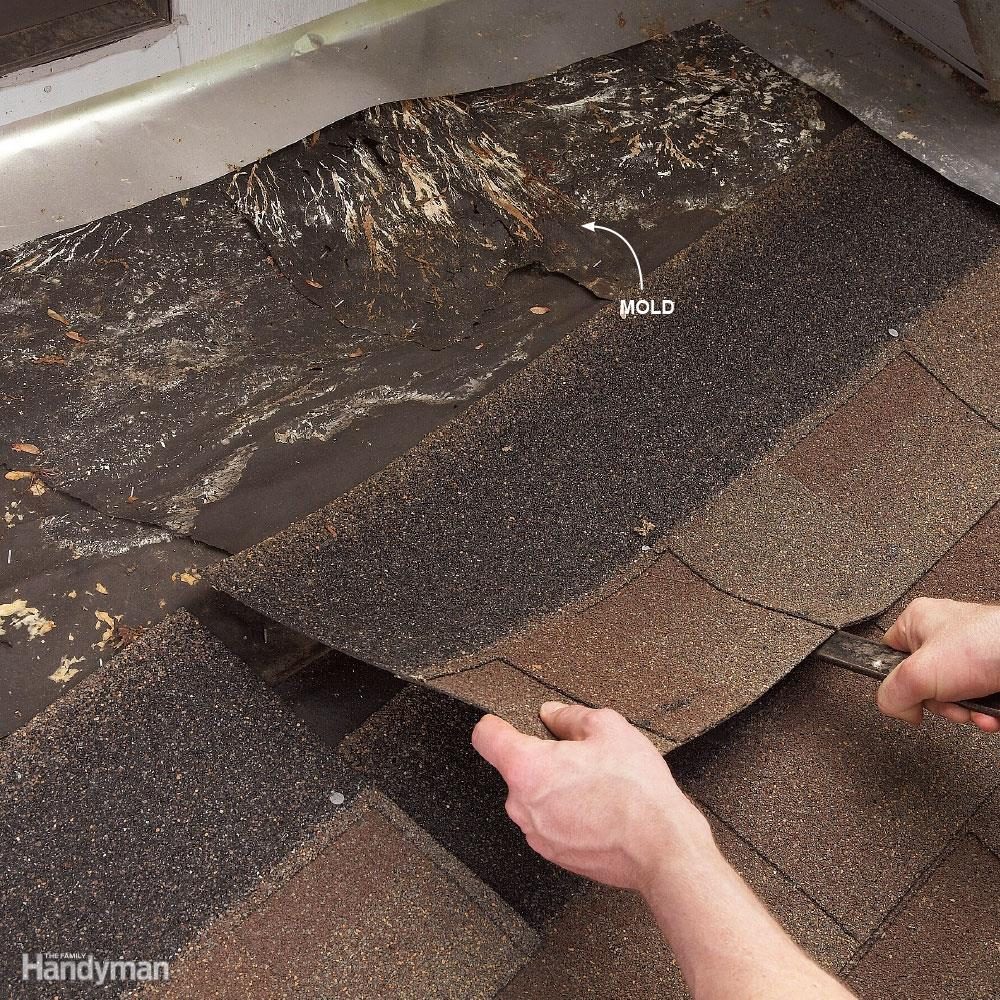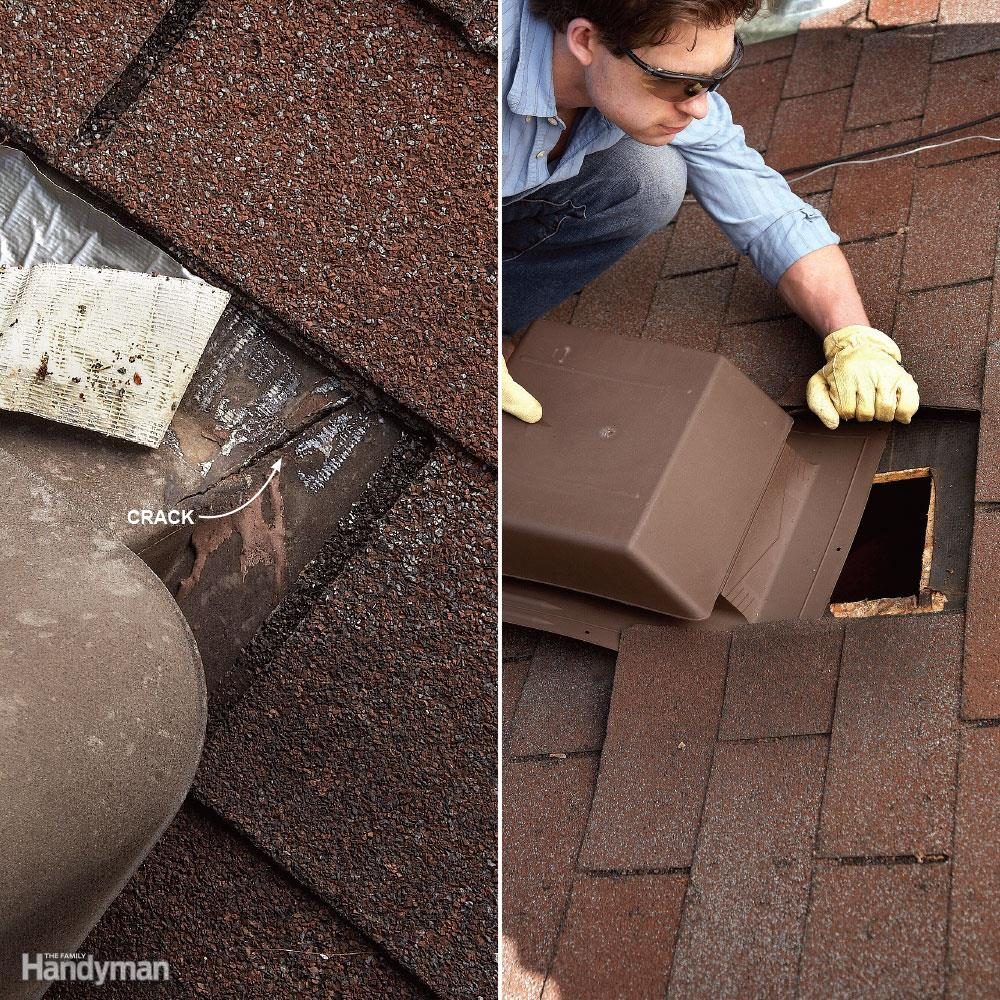Your roof covers the largest asset you own, so it pays to know the signs of trouble. Fortunately, many of the danger signals are easy to see-you can sometimes even spot them from the ground. (Tip: Binoculars help!) A small leak can go undetected for years, causing huge damage before you notice anything. It's a good idea to inspect your roof regularly. Many contractors offer free inspections. But even if you have to pay, it's better than finding leaks after the damage is done. Here are a few of the most common and easy to recognize signs of roof problems.
10 Roof Problems and What to Do About Them

How to Find Roof Leaks

Solution for a Small Leak
Some roof leaks are tough to locate. Sometimes the water shows up at a ceiling spot distant from the leak. If your ceiling has a plastic vapor barrier between the drywall and the attic insulation, push the insulation aside and look for flow stains on the plastic. Often water runs to openings in the vapor barrier, such as at ceiling light fixtures.
If you can't see any telltale flow marks, and since the stain is fairly small, look at the underside of the roof for 'shiners.' A shiner is a nail that missed the framing member, in this case when the carpenter nailed the roof sheathing to the rafters. Moisture that escapes into the cold attic from the rooms below often condenses on cold nails. Sometimes you can spot this if you climb up into your attic on a cold night. The nails will look white because they're frosted. When the attic heats up a bit during the day, the frost melts and drips, then the nails frost up at night again and so on. The solution is to simply clip the nail with a side-cutting pliers.

How to Fix Roof Vents

Roof Cement

No Chimney Cricket

Missing Kick-Out Flashing
Kick-out flashing is critical where a roof edge meets a sidewall. Without it, roof runoff flows down the wall and possibly into the wall. This is worst when there is a door or a window below and water can seep behind the trim. You might not notice it for years, but eventually rot will destroy sheathing and framing. In extreme cases, the stucco is the only thing holding up the wall! Don't wait for that to happen to you. To see how to add kick-out flashing, read Use a Kick-Out Flashing to Stop Rot.

Bad Chimney Flashing
Good chimney flashing includes sections of “step flashing” that run up the sides of the chimney, and “counterflashing.” Counterflashing fits into grooves cut into the chimney and covers the step flashing. Cutting, fitting and installing all those parts takes time, so sloppy roofers take shortcuts.
Improperly flashed chimneys (top photo) cause lots of rotting roof sheathing and framing members. Chimneys need to be properly step-flashed and counterflashed so that water can't run down the face of the chimney and into the attic. You can't rely on caulk or roof cement to keep water out. If you suspect your flashing is shoddy, crawl into the attic after a heavy rain. Look for signs of water around the chimney and downhill from it.

Missing Gutter Apron

Vent Flashing Failure

Hail Damage
When a large hailstone hits an asphalt shingle, it can tear or even puncture the shingle. But usually, it just knocks granules off the surface. When a shingle loses its protective layer of granules, UV rays from the sun begin to destroy it. More granules fall off around the damaged spot and the bruise grows. The damage may not be obvious at first, so if you suspect hail damage, get an inspection from a roofing contractor. Most offer free hail damage inspections.


















